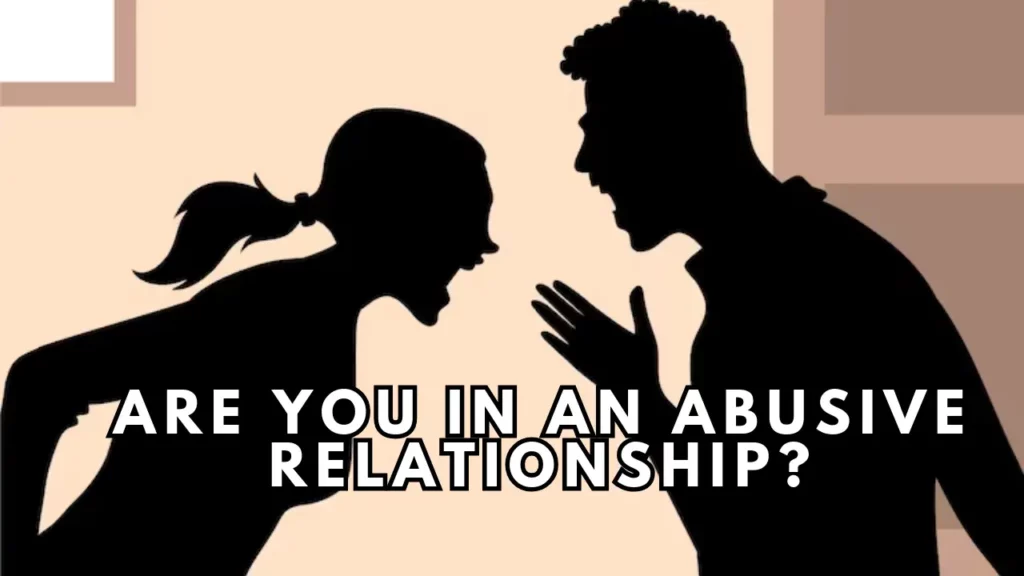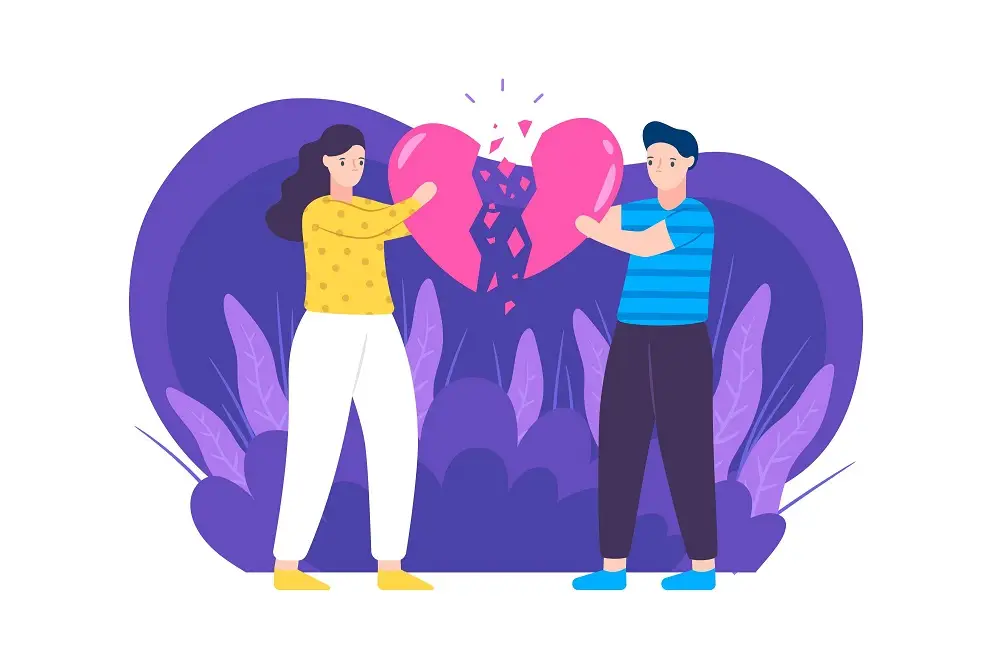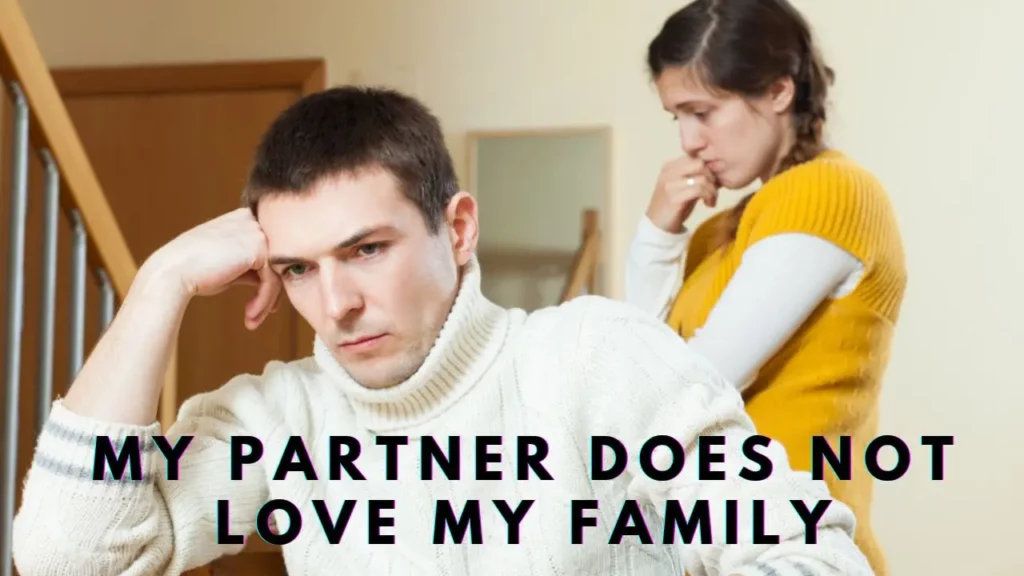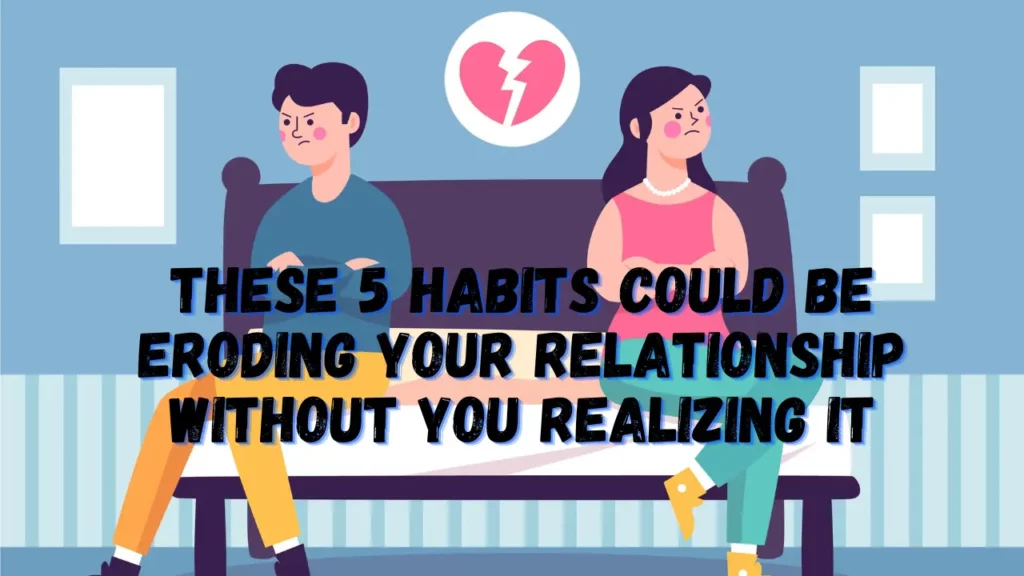Love is a powerful feeling, capable of making us feel on top of the world or plunge us into despair. But what happens when that love becomes a source of pain and suffering? How do you recognize if you are in an abusive relationship, and what can you do about it?
What is an Abusive Relationship?
An abusive relationship is characterized by a persistent pattern of behavior by one of the individuals towards the other, in which power and control are exercised excessively, whether on an emotional, physical, sexual, or economic level. This dynamic can manifest through emotional manipulation, intimidation, isolation, threats, or abuse, which we will explore in this article.
In these types of relationships, the victim usually experiences Fear, confusion, and, in many cases, dependence on the abuser. We must keep in mind that the basis of an abusive relationship lies in the inequality of power and the lack of respect for the autonomy and well-being of the other.
It is important to know that abuse can be both physical and psychological and that it is not limited to a specific gender, age or cultural context. Additionally, abuse often begins in subtle ways, making it difficult to detect until we are deeply involved and it seems almost “normal” to us.

Types of Abusive Relationships
Abuse can manifest itself in various forms and different types of relationships and occurs in romantic partners, family relationships, friends, or work environments. Below, we explain the main types of abusive relationships:
Couple Relationships
Domestic abuse or intimate partner violence: This is the most recognized type of abusive relationship. It includes physical, emotional, sexual, or economic abuse between married, cohabiting, or dating couples.
Emotional or psychological abuse: Abuse in a couple is not always physical; it can manifest through manipulation, insults, humiliation, extreme jealousy, or control over the other person.
Related: What Does an Unhealthy Relationship Look Like
Family Relationships
Child Abuse: This type can be physical, emotional, or sexual. Children are extremely vulnerable and dependent on adults for care, making them easily susceptible to abuse.
Elder Abuse: Older adults are also easy targets for physical, emotional, or financial abuse, often by family members or direct caregivers.
Sibling Abuse: This form of abuse can easily be overlooked, but siblings can physically or emotionally abuse each other, especially older ones, versus younger ones.
Labor Relationships
Workplace harassment or mobbing: This abuse refers to the presence of abusive, intimidating, or humiliating behavior in the workplace.
Sexual Harassment: Includes unwanted behavior of a sexual nature in the work environment.
Friendly Relationships
Emotional Abuse: Although it may be hard to believe, a friend can also be manipulative and controlling and use humiliation tactics against us.
Social Exclusion: Using exclusion or isolation as a form of punishment or control in friendship relationships.
Online or Cyber Relationships
Cyberbullying: Using digital media to harass, threaten, or humiliate a person is an abusive relationship.
Non-consensual sexting: Distributing intimate images or videos without the person’s consent is clearly psychological and emotional abuse.
Educational relationships
Bullying or bullying: Bullying can be physical, verbal, or social and occurs in educational environments.
Abuse of power: An educator or administrator may also abuse their position to manipulate or control students.
Dependency Relationships
Abuse of people with disabilities: People with disabilities can be abused by their caregivers, family members, or institutions since they do not have enough weapons to defend themselves.
Therapeutic relationships: A mental health professional may also abuse their position and form an inappropriate or manipulative relationship with a patient.
Why are we Victims of Abuse in a Relationship?
The question of why some people become victims of abuse in a relationship is complex and multifaceted. There is no single answer, as the reasons can vary depending on the person and situation. However, several factors and circumstances can make someone more susceptible to abuse in a relationship:
Family history: People who grew up in homes where abuse was common may not recognize the signs of an abusive relationship because they see it as “normal” or familiar behavior.
Low self-esteem: People with low self-esteem may feel that they deserve abusive treatment or that they can’t find someone better. The abuser often exploits and aggravates this lack of self-esteem.
Fear of being alone: Some people fear loneliness or the social stigma of not being in a relationship, which may cause them to tolerate abuse in the hope that things will get better.
Financial dependence: If a person is financially dependent on their partner, they may feel they have no choice but to remain in the relationship despite the abuse.
Cultural or religious pressure: In some cultures or religions, people are expected to stay in the relationship at all costs, even if they face humiliation or abuse from the other.
Isolation: Abusers often isolate their victims from friends and family, making it difficult for the victim to seek help or have a support system.
Manipulation and control: Abusers are masters at manipulation, causing their victims to doubt their own perceptions and beliefs. This can make the victim feel trapped and confused.
Lack of knowledge: Not everyone knows what constitutes an abusive relationship. They may not realize they are being abused if they don’t recognize the warning signs.
Fear of retaliation: Victims often fear that if they try to leave the relationship or report the abuse, the abuser will retaliate against them or their loved ones.
Psychological effects: Abuse can have profound psychological effects, such as Stockholm syndrome, where the victim develops feelings of affection or loyalty toward their abuser.
Hope for change: Many victims stay in abusive relationships, hoping their abuser will change. Often, abusers promise to change and offer sincere apologies, only to return to their abusive behaviors later.
You Can’t Change an Abusive Partner
Understanding the nature of an abusive relationship is essential to protecting yourself and helping others. One of the most dangerous and persistent myths surrounding abusive relationships is that love, patience, or dedication can change an abusive partner. This notion, although romantic, is clearly misleading and potentially harmful.
Abuse is not simply a passing behavior or a minor flaw; it is an ingrained pattern of behavior that arises from deep problems. These may be related to past trauma, mental health problems, or patterns of behavior learned in childhood. In most cases, if not all, these problems are not simply “cured” with love or patience.
At the heart of many abusive relationships is the abuser’s desire to control and power over their partner. This impulse to control cannot be easily suppressed or eliminated. It requires deep introspection and often intensive therapeutic work.
Additionally, many abusers do not view their behavior as problematic. They often justify it, minimize it, or deny it altogether. Logically, if they can’t admit that there is a problem, they are unlikely to take action to change. And when they feel threatened or challenged, their behavior may escalate, putting the victim at greater risk.
Abusive relationships can also follow a predictable cycle. After an abusive incident, there may be a period of remorse and reconciliation, where the abuser apologizes and promises to change. This “honeymoon” can give the victim hope, but unfortunately, the cycle often repeats itself.
Victims of abuse must understand that it is not their responsibility to change or “cure” their abuser. The priority should always be your own safety and well-being. While it is possible for an abuser to seek help and change, that decision must come from them and not result from pressure or expectations from the victim.
Signs of an Abusive Relationship
Abusive relationships manifest themselves in a variety of ways, and it is vital to recognize the signs to protect yourself and seek help. These are the main signs of an abusive relationship:
Control and dominance: Both parties have autonomy and freedom in a healthy relationship. However, in an abusive relationship, one partner attempts to dominate and control the other’s decisions, actions, and even thoughts.
Isolation: The abuser often attempts to sever the victim’s ties with friends and family, creating an environment of dependency and loneliness.
Manipulation: The abuser uses sophisticated tactics, such as guilt, shaming, or intimidation, to manipulate and control the victim.
Extreme jealousy: An abuser may feel threatened by any external relationship of the victim, whether friendly or professional, leading to unfounded accusations and tensions.
Verbal abuse: Words can be as harmful as actions. Constant insults, humiliation, and degradation are common tools in the abuser’s arsenal.
Threats: Threats of harm, whether to the victim, other loved ones, or self-harm, are tactics to keep the victim in Fear and submission.
Physical control: In some relationships, the abuser may use physical violence or intimidation to impose their will or end arguments.
Emotional abuse: Beyond words, the abuser can play with the victim’s emotions, making them feel worthless or guilty of situations beyond their control.
Imbalance in Effort: The victim often feels the need to put more effort into the relationship while perceiving that the abuser is not showing the same commitment or effort.
Undermined self-esteem: The victim may believe they do not deserve better due to constant degradation and criticism.
Unpredictability: The abuser’s erratic behavior and volatile reactions keep the victim in a constant state of alert.
Self-convince: The victim may fall into a pattern of justifying or minimizing the abusive behavior, looking for reasons to excuse the abuser’s actions.
Reality distortion: The abuser often distorts facts, causing the victim to question their perception and memory.
It is never enough: Despite the victim’s efforts to please or appease the abuser, he always finds fault or reasons to criticize.
Justification of the abuse: To keep the peace or understand the situation, the victim may make excuses for the abuser’s behavior.
Constant Fear: The victim constantly fears losing the relationship or facing retaliation.
Fatalism: The victim may believe they are destined to live in this cycle of abuse, feeling that there is no way out.
Devaluation: The abuser can make the victim feel they never measure up and are always disappointed.
Public humiliation: Beyond the private sphere, the abuser may seek to embarrass or degrade the victim publicly.
False Reconciliation: Following abusive episodes, the abuser may show remorse and seek reconciliation, only to fall back into abusive patterns.
Mood swings: The abuser may have drastic and unpredictable mood swings, creating a tense environment.
Lack of support: Despite the victim’s achievements or successes, the abuser may minimize or even ridicule them.
Disguised Insults: What the abuser presents as “jokes” often hide insults and criticism designed to hurt.
Recognizing these signs is the first step in seeking help and breaking the cycle of abuse. It is essential to remember that no one deserves to be treated this way and that hope and resources are always available for those in abusive situations.
How to Get out of an Abusive Relationship?
Leaving an abusive relationship is a complex and challenging process that requires courage, support, and planning. It is not simply a decision that is made overnight; It is a path that is followed step by step.
First, it is essential to recognize and admit that you are in an abusive relationship. This self-awareness is the first step to taking action. Victims of abuse often minimize or justify the abuser’s behavior, so admitting reality can be painful but is essential.
Once the situation is recognized, it is crucial to seek support. Talking to friends, family, or professionals can provide an outside perspective and offer an emotional support system. Organizations specializing in domestic violence can also offer resources, counseling, and shelter if needed.
Safety is paramount. If you decide to leave your abusive partner, you may face a violent or vindictive reaction. Therefore, it is vital to have a safety plan. This may include having a safe place to go, storing documents and valuables in an accessible and confidential location, and having a means of transportation or an escape route.
Counseling or therapy may be beneficial in helping victims process the trauma and rebuild their self-esteem. The emotional aftermath of an abusive relationship can be long-lasting, and a professional can provide tools and strategies to heal.
It is essential to remember that no one has the right to abuse you, and you deserve a relationship based on mutual respect and love. Leaving an abusive relationship can be one of the most difficult challenges you face, but with the right support and resources, you can regain control of your life and find peace and happiness.




